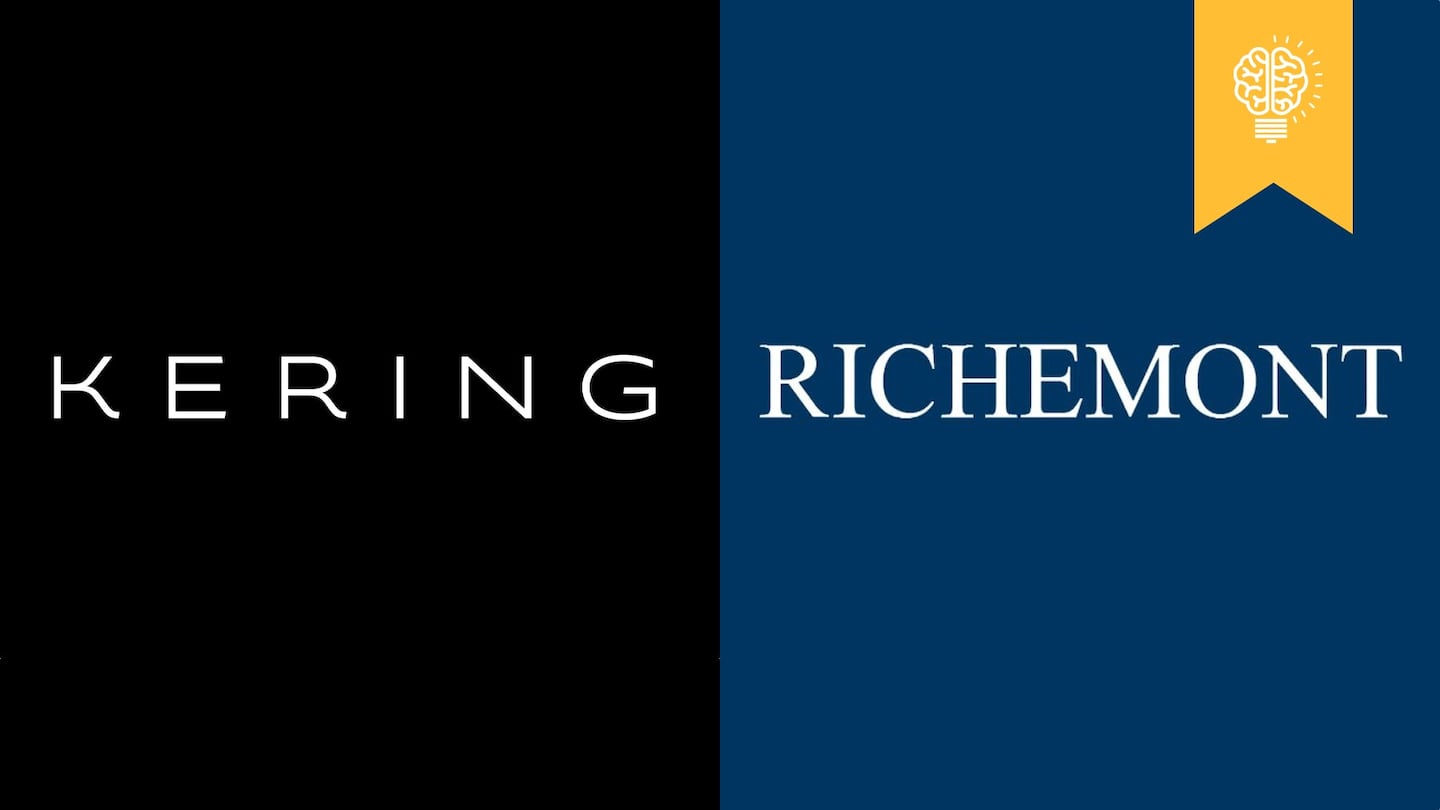
The Business of Fashion
Agenda-setting intelligence, analysis and advice for the global fashion community.

Agenda-setting intelligence, analysis and advice for the global fashion community.

GENEVA, Switzerland — Sustaining growth and maintaining a competitive edge in today's increasingly complex luxury goods industry requires more than simply hitting the right fashion notes. There comes a time when even big-thinking companies need to think bigger in order to secure and optimise their achievements. Three crucial factors come to mind: scale, category leadership and a conglomerate structure. Size helps optimise fixed costs, leadership in multiple categories brings stability and a strong portfolio of brands makes it easier to attract and nurture talent. LVMH has all of this in spades.
Certainly, rival conglomerates Kering and Richemont have scale, but nowhere near that of LVMH, the world's largest luxury group. Sure, they also each hold strong positions in certain categories, but they both lack a meaningful presence in others. Both have also tried to build a broad base. For either group, taking the solo route to realising their potential would be a massive risk. It would also take time. Can anyone really see either Kering or Richemont trying to build what took LVMH — with the advantage of an open playing field — four decades?
So, let’s indulge in some “blue sky” thinking: a merger between Kering and Richemont would make both strategic and operational sense.
It's fair to say Kering has come of age: Gucci's turnaround has been brilliant, going far beyond the rosiest initial expectations; the imminent distribution of Puma shares will finally deliver on Kering's long-stated goal of becoming a luxury pure player; and Saint Laurent and Balenciaga are true growth champions. But despite these achievements, Kering remains significantly smaller than LVMH, frustrated in its hard luxury ambitions and more exposed to brand trivialisation risk than its peer.
ADVERTISEMENT
The two companies complement each other: Kering with clear strengths in soft luxury, Richemont as a champion of hard luxury.
Richemont has risen on strong demand for jewellery and Cartier and Van Cleef & Arpels lead the sector in branded jewellery. But like Kering, Richemont has unfulfilled ambitions. In soft luxury, Chloé's success is offset by the failures of Dunhill and Lancel. In watches, Piaget, Vacheron Constantin and Jaeger Le Coultre must reinvent themselves if they are to avoid being considered too expensive for new luxury consumers and too bland for collectors.
Furthermore, the two companies complement each other: Kering with clear strengths in soft luxury, Richemont as a champion of hard luxury. The combination would create significant scale advantage and reduce the gap with LVMH. It would also generate synergies worth hundreds of millions.
The big question is whether the respective controlling families would be willing to sacrifice control for the sake of building a stronger, better and more valuable company. This is particularly relevant at Richemont, where the Rupert family holds the majority of the voting rights but only 9 percent of the capital.
Seen from this perspective, a number of recent moves by Kering and Richemont suddenly appear more rational. Why separate Puma just now? Why the hurry? Couldn’t Kering wait for a buyer? Why push Gucci so hard, and not take the opportunity to significantly reduce wholesale, grey market and factory outlet activities? Why secure control of Yoox Net-a-Porter?
It’s also worth noting how Kering and Richemont have recently expanded the areas in which they work together. Cartier has joined Kering Eyewear, the Kering hard luxury brands have moved their presentations from Baselworld to the Salon International de la Haute Horlogerie in Geneva, where Richemont is based, and Kering has found itself more deeply involved with Richemont at Yoox Net-a-Porter.
Blue-sky maybe — but is a merger so farfetched?
Related Articles:
[ Who Will LVMH and Kering Buy Next?Opens in new window ]
[ LVMH Cash Cow Nears $12 Billion in SalesOpens in new window ]
[ Decoding Richemont's Lancel DivestmentOpens in new window ]
The fashion giant has been working with advisers to study possibilities for the Marc Jacobs brand after being approached by suitors.
A runway show at corporate headquarters underscored how the brand’s nearly decade-long quest to elevate its image — and prices — is finally paying off.
Mining company Anglo American is considering offloading its storied diamond unit. It won’t be an easy sell.
The deal is expected to help tip the company into profit for the first time and has got some speculating whether Beckham may one day eclipse her husband in money-making potential.